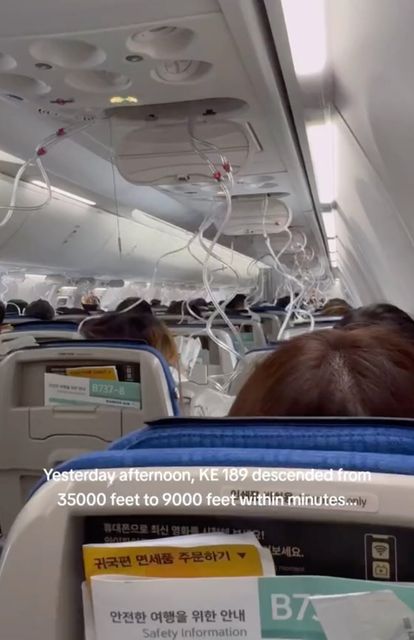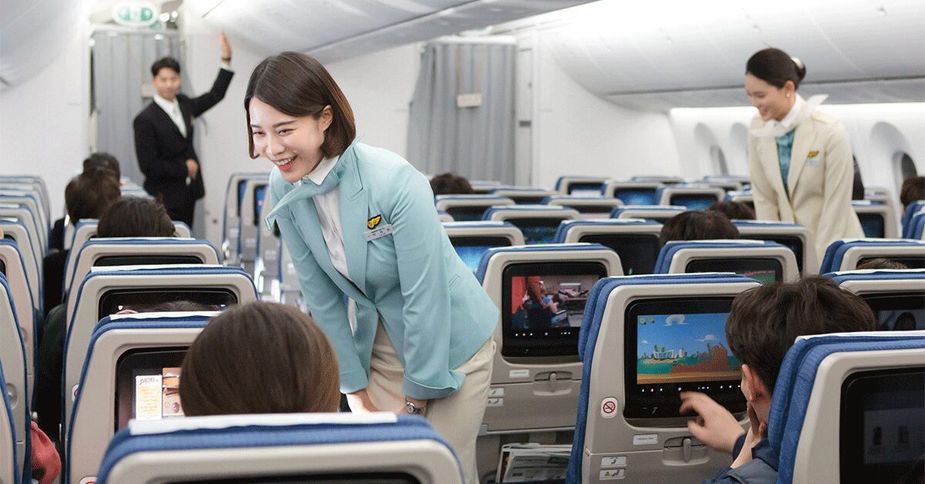Another Korean Air flight recently encountered severe turbulence, which resulted in injuries to some passengers and crew members.
Traveling from Incheon Airport to Mongolia, the incident happened on August 4 at around 9:40 AM. The aircraft, carrying 281 passengers, hit intense turbulence at an altitude of 34,100 feet near the Tianjin Airport in China.

The sudden and violent shaking lasted approximately 15 seconds, causing in-flight meals to spill from tray tables onto the floor. As a result, ten passengers and four crew members reported pain in their necks and backs. Fortunately, no one sustained serious injuries.
Korean Air responded promptly by providing onboard anti-inflammatory painkillers to the injured and arranging for medical staff to attend to them immediately after landing at Ulaanbaatar Airport. All passengers were able to complete their entry procedures without further complications.

In response to the incident, Korean Air explained that the aircraft had rerouted to avoid thunderstorms around Tianjin Airport. During this time, in-flight services were temporarily halted, and seatbelt and seating instructions were rigorously enforced.
A representative from the airline also highlighted the increasing occurrence of unexpected and severe turbulence, urging passengers to minimize movement and always wear seatbelts while seated. This trend aligns with reports from the aviation industry, indicating a rise in the frequency and intensity of turbulence due to climate change.

In the first half of this year alone, Korean airlines experienced 14,820 cases of turbulence, which is 72% of the total 20,575 cases reported for the entire previous year. This figure is nearly equivalent to the 15,241 instances recorded in 2019. Furthermore, seven out of ten aviation accidents involving Korean airlines from 2019 to June 2023 were attributed to turbulence.
As turbulence-related incidents become more common, airlines and crew are intensifying their training and preparedness efforts. Passengers are also reminded of the importance of adhering to safety protocols.
Source: wikitree







